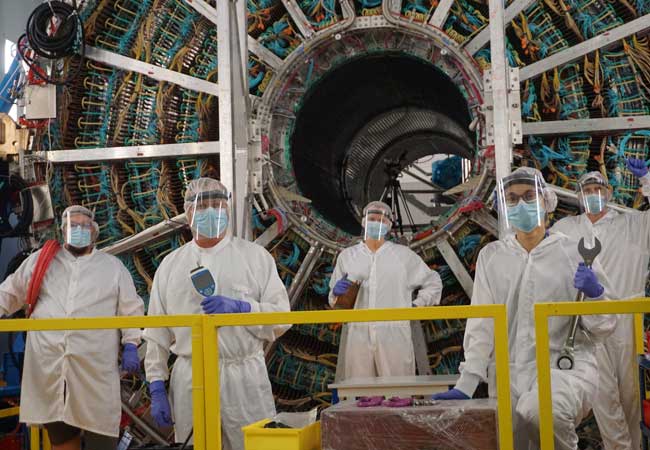
Physics: Collision movie with upgraded particle detector at CERN
Physicists at Goethe University lead one of the technical refurbishments of “ALICE” for researching quark-gluon plasma The ALICE experiment at

Physicists at Goethe University lead one of the technical refurbishments of “ALICE” for researching quark-gluon plasma The ALICE experiment at

Can class differences come about endogenously, i.e. independent of birth and education? Professor Claudius Gros from the Institute for Theoretical

Light exerts a certain amount of pressure onto a body: sun sails could thus power space probes in the future.

Goethe University physicists develop free covid-19 analysis website to compare the number of cases and deaths by country There is
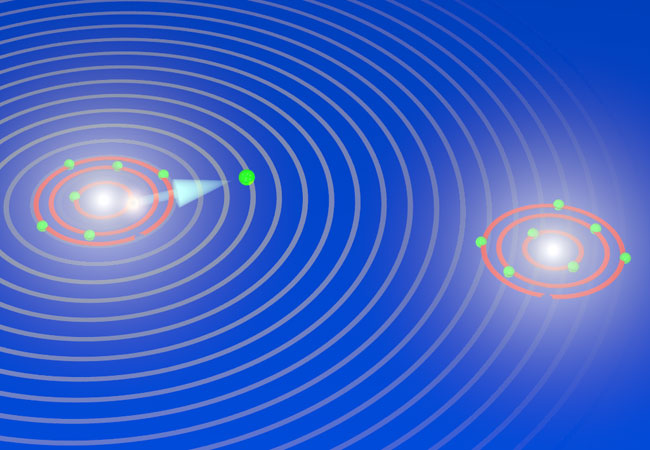
For more than 100 years, we have been using X-rays to look inside matter, and progressing to ever smaller structures
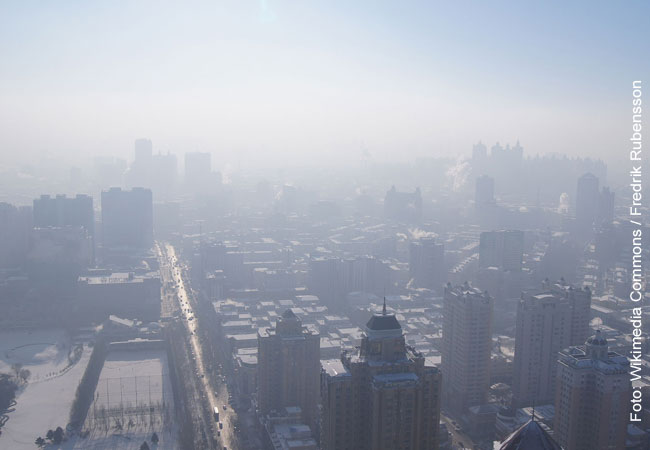
When winter smog takes over Asian mega-cities, more particulate matter is measured in the streets than expected. An international team,
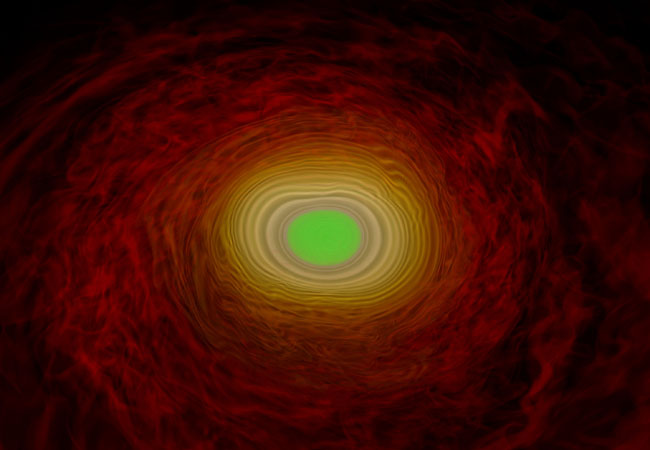
According to modern particle physics, matter produced when neutron stars merge is so dense that it could exist in a
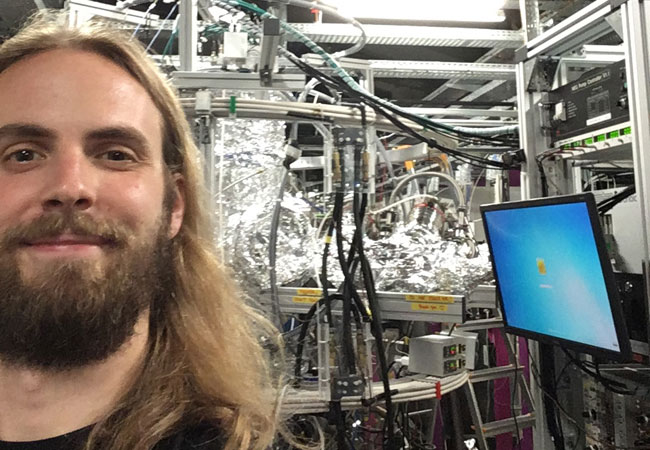
Light can be used to knock electrons out of atoms, with light particles and electrons bouncing off each other like

The governmental decision on when to loosen social distancing measures should not only depend on the latest number of cases.
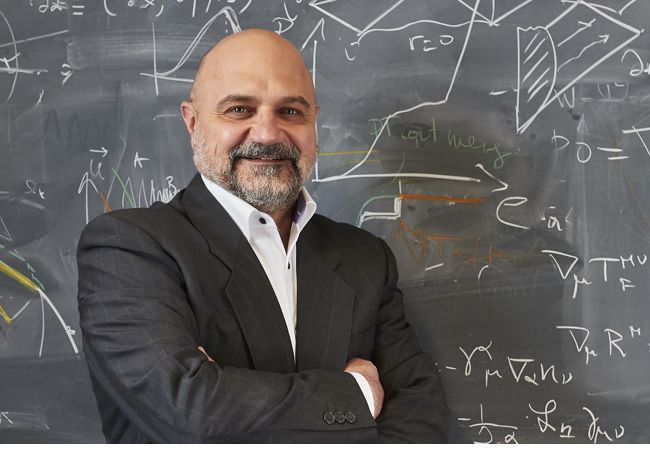
For his outstanding contributions in the field of astrophysics, Luciano Rezzolla, Professor for Astrophysics at Goethe University, will be appointed
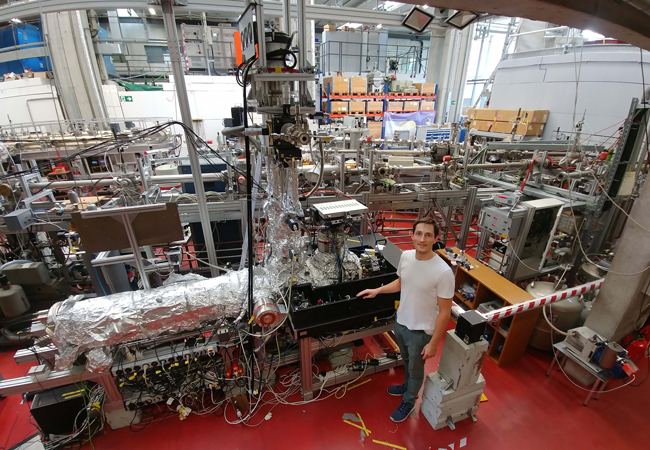
Miniscule effect measured with new super COLTRIMS apparatus Albert Einstein received the Nobel Prize for explaining the photoelectric effect: in
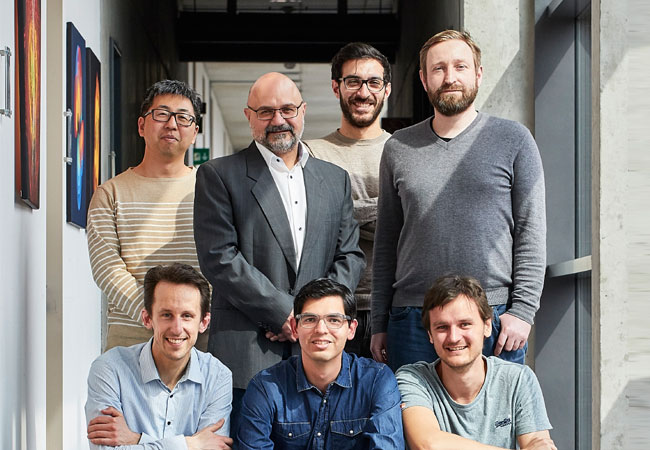
Professor Luciano Rezzolla and his team, together with 347 researchers from the worldwide Event Horizon Telescope Collaboration, have been awarded
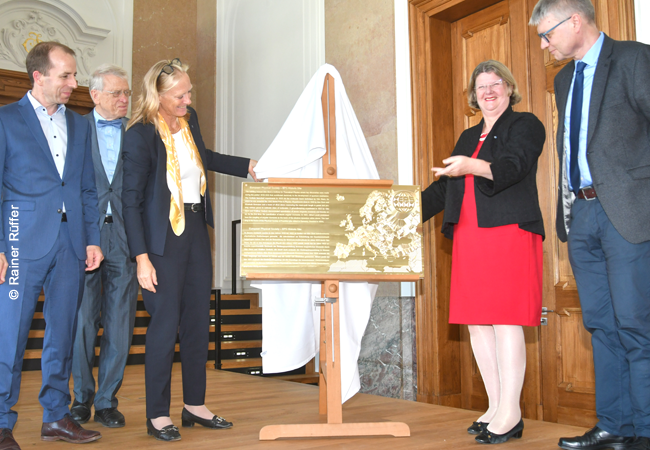
The 1920s were the golden age of quantum mechanics. Brilliant theoreticians and young, innovative thinkers poured the theory into its

Cultural processes are increasingly short-lived, showing in addition a growing tendency toward self-organisation. As a result, success is now governed
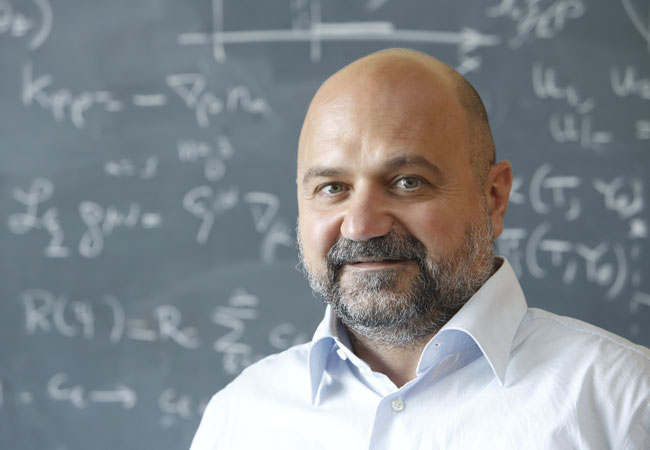
The theoretical astrophysicist Luciano Rezzolla will receive the Frankfurt Physics Science Prize for his outstanding scientific work. The prize will

Researchers from the Event Horizon Telescope (EHT), one of whom is Goethe University astrophysicist Luciano Rezzolla, announced a breakthrough today
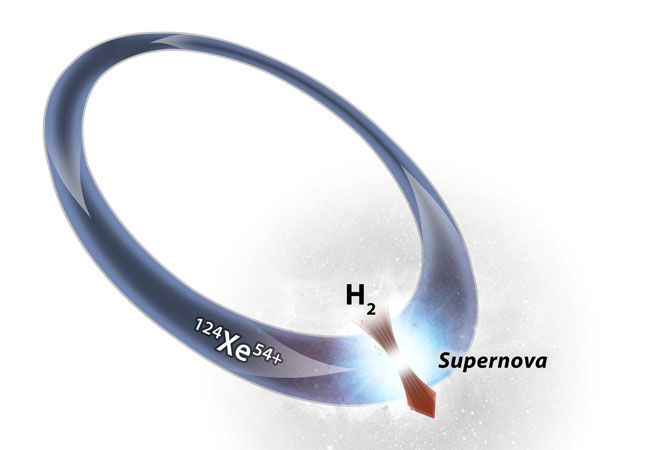
Heavy elements are produced during stellar explosion or on the surfaces of neutron stars through the capture of hydrogen
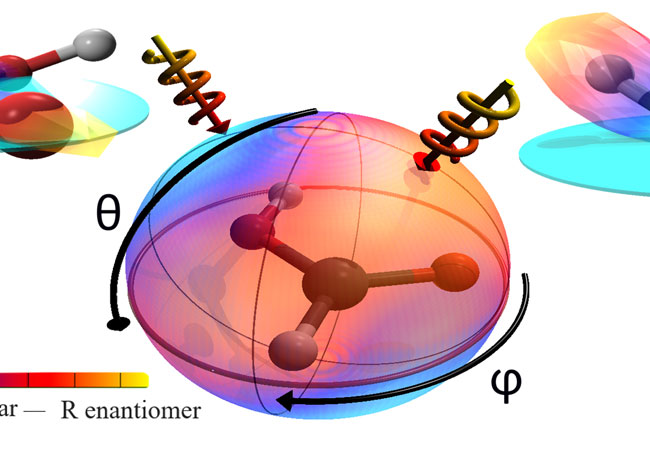
Seven of the ten most frequent medications contain chiral agents. These are molecules that occur in right- or left-handed
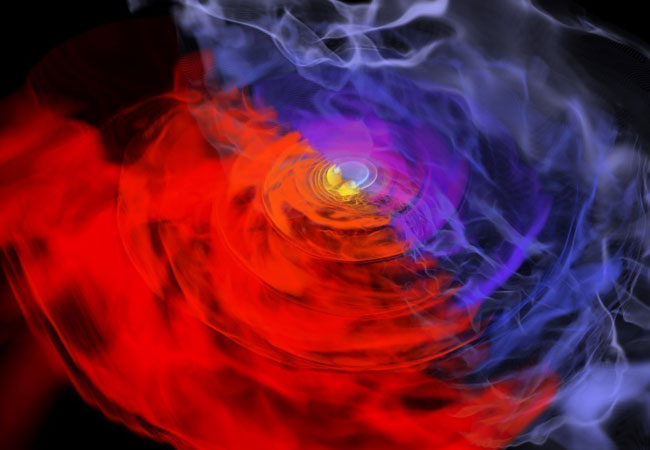
The option to measure the gravitational waves of two merging neutron stars has offered the chance to answer some of

Should regulations for environmental protection be valid beyond our solar system? Currently, extra-terrestrial forms of life are only deemed worth

Insulators that are conducting at their edges hold promise for interesting technological applications. However, until now their characteristics have not

In order to simulate double neutron star systems, the Frankfurt physicist Professor Luciano Rezzolla will be allotted 102 million CPU

Comparison of billions of theoretical models with gravitational waves results in the answer to an old riddle How large is

The theoretical physicist Hannah Petersen has been awarded the Zimanyi Medal of the Hungarian Academy of Sciences. The award is

Even after the direct measurement of their gravitational waves, there are still mysteries surrounding black holes. What happens when two
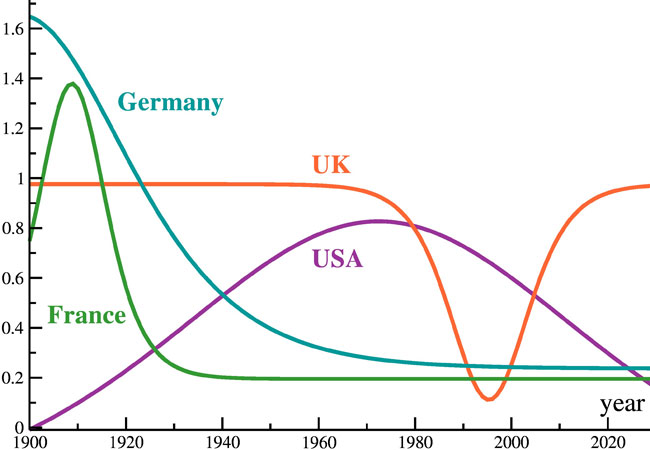
Since first being awarded in 1901, most Nobel Prizes for science have gone to the USA, the United Kingdom, Germany

Astrophysicists at Goethe University Frankfurt answer this question by computing images of feeding non-Einsteinian black holes: At present it is
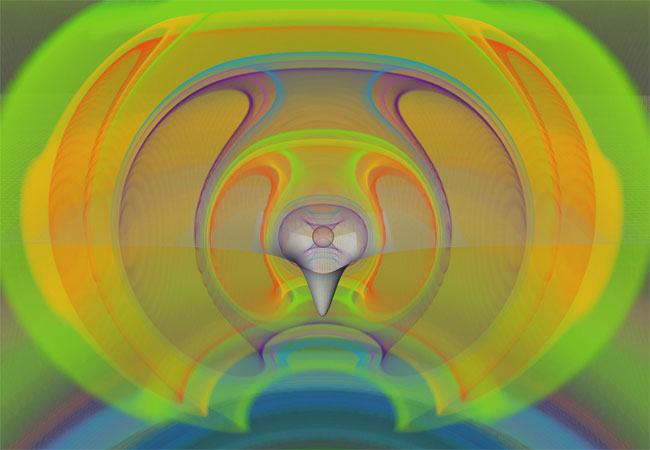
Since their discovery in the 1960s, scientists have sought to answer an important question: How massive can neutron stars actually
You cannot copy content of this page